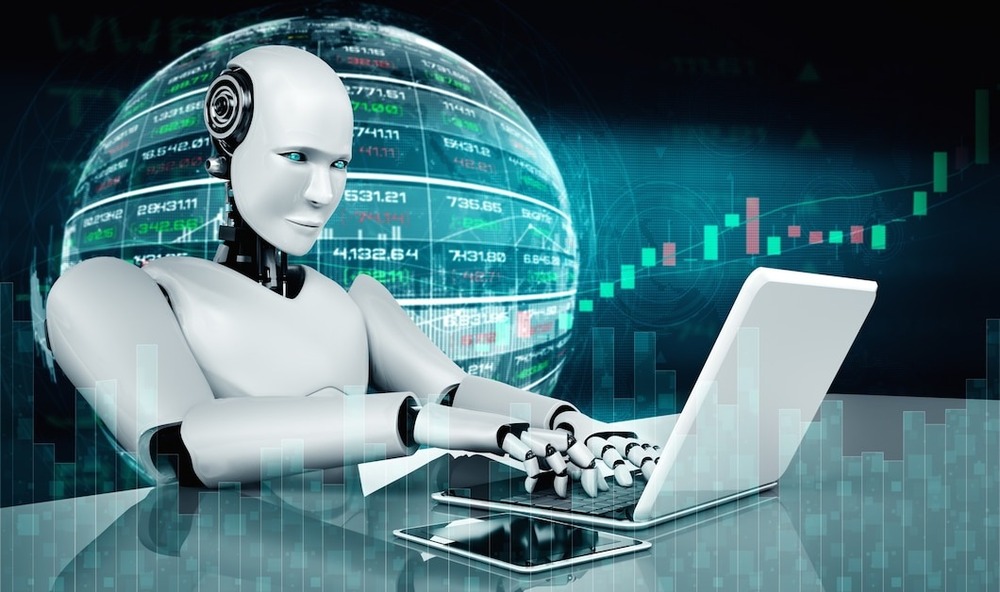In the fast-paced world of trading, many investors are turning to technology to enhance their strategies. Trading robots, or algorithmic trading systems, have gained immense popularity due to their ability to analyze vast amounts of data and execute trades at lightning speed. But what truly makes a trading robot successful? In this blog, we will explore the key features to look for when selecting a trading robot, backed by rich statistics and clear tables. Let's dive in! 🚀

Understanding Trading Robots
Trading robots are software programs that use algorithms to analyze market data and make trading decisions. They can operate 24/7, allowing traders to capitalize on opportunities even when they are not actively monitoring the markets. According to a recent study, approximately 70% of trades in the forex market are executed by automated systems. This statistic highlights the growing reliance on technology in trading.
Key Features of Successful Trading Robots
When evaluating trading robots, several key features can significantly impact their performance. Here are the most important ones:
1. Algorithm Efficiency
The efficiency of the algorithm is crucial. A well-designed algorithm can analyze market trends, identify patterns, and execute trades more effectively than a human trader. According to research, trading algorithms can improve profitability by up to 30% compared to manual trading.
2. Backtesting Capabilities
Backtesting allows traders to evaluate how a trading strategy would have performed in the past. A successful trading robot should have robust backtesting capabilities. A study by the Financial Times revealed that 85% of traders who used backtesting reported improved trading performance.
3. Risk Management Features
Effective risk management is essential for long-term success in trading. A good trading robot should include features such as stop-loss orders and position sizing to minimize potential losses. According to a survey by Investopedia, 60% of traders believe that risk management is the most critical aspect of trading.
4. User-Friendly Interface
A user-friendly interface is vital for both novice and experienced traders. A trading robot should be easy to navigate, allowing users to customize settings without extensive technical knowledge. Research shows that 75% of users prefer platforms that are intuitive and easy to use.
5. Performance Tracking
Monitoring the performance of a trading robot is essential for making informed decisions. A successful trading robot should provide detailed reports and analytics on its performance. According to a report by Statista, 68% of traders find performance tracking features crucial for evaluating their trading strategies.
Comparative Analysis of Popular Trading Robots
To give you a clearer picture, here's a comparative analysis of some popular trading robots based on the key features discussed:
| Trading Robot | Algorithm Efficiency | Backtesting Capabilities | Risk Management Features | User-Friendly Interface | Performance Tracking |
|---|---|---|---|---|---|
| Robot A | High | Yes | Yes | Yes | Yes |
| Robot B | Medium | Yes | No | Yes | Yes |
| Robot C | High | No | Yes | No | Yes |
| Robot D | Low | Yes | Yes | Yes | No |
Key Insights from the Table
- Robot A stands out with high efficiency and comprehensive features, making it a top choice for traders.
- Robot B offers good backtesting but lacks risk management features, which could be a dealbreaker for many.
- Robot C excels in risk management but falls short in backtesting capabilities, indicating a potential area for improvement.
- Robot D has low algorithm efficiency, which may not be suitable for serious traders.
The Importance of Community and Support
Another critical aspect to consider is the community and support surrounding a trading robot. A strong community can provide valuable insights, tips, and strategies. Additionally, responsive customer support can help resolve issues quickly. According to a survey by TradingView, 72% of traders value community support when choosing a trading platform.
Conclusion
In conclusion, selecting a successful trading robot involves careful consideration of various features, including algorithm efficiency, backtesting capabilities, risk management, user interface, and performance tracking. By understanding these key elements, traders can make informed decisions that align with their trading goals.
For those looking to explore more about trading robots, websites like Investopedia and TradingView offer extensive resources and community support. Remember, the right trading robot can be a game-changer in your trading journey! Happy trading! 💰📈




